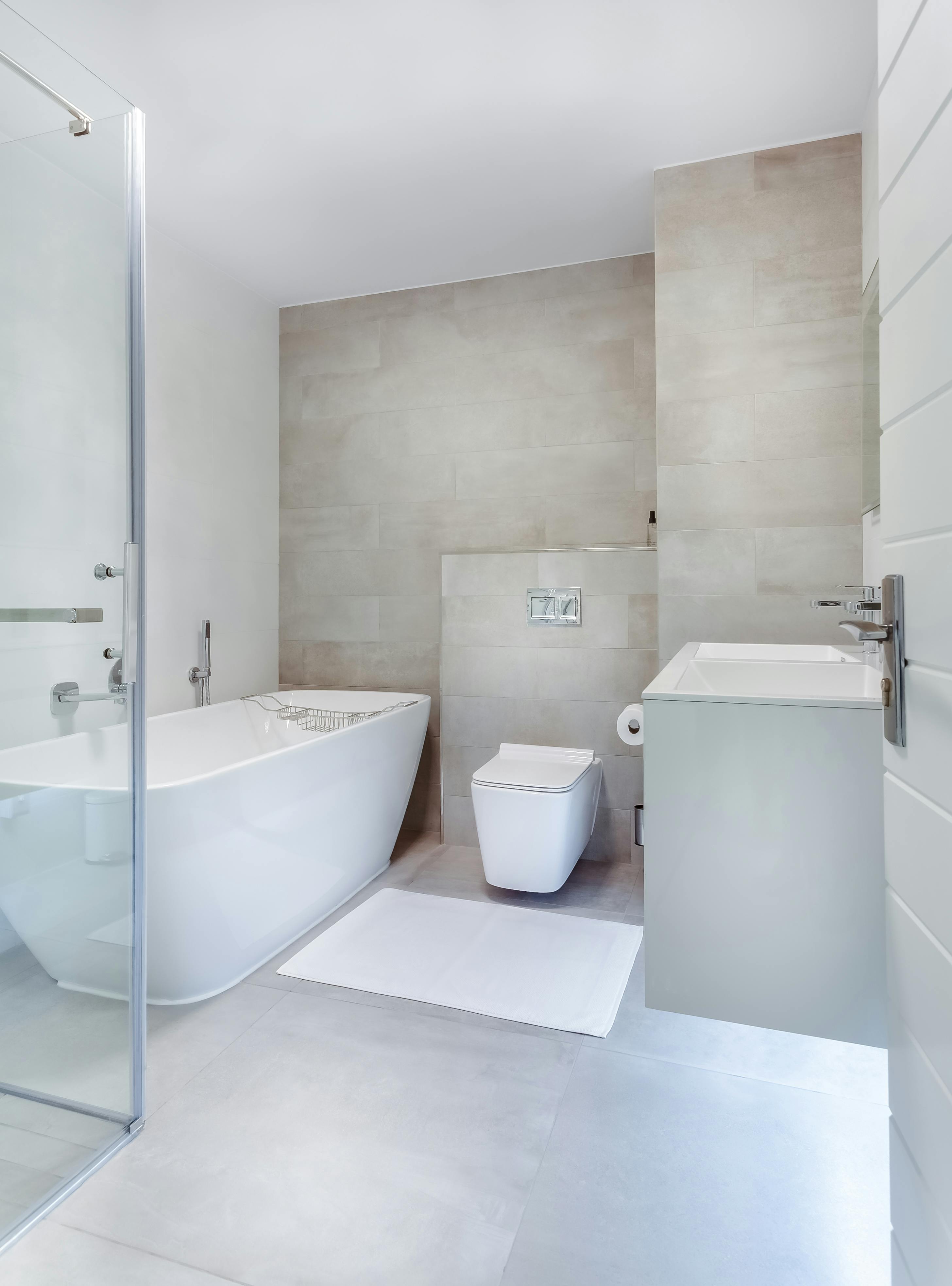Laminate Prices

Title: Navigating Laminate Flooring Costs: A Comprehensive Guide
Introduction:
The material has gained popularity as an affordable and versatile option for homeowners seeking the look of hardwood, stone, or tile without the high costs. Whether you're renovating your home or considering a flooring upgrade, understanding the intricacies of costs is crucial for making informed decisions and managing your project budget effectively. In this comprehensive guide, we will delve into various aspects of costs, including factors that influence pricing, different types of installation methods, maintenance considerations, and expert tips for budgeting your project.
I. Factors Influencing Costs:
Several factors come into play when determining the overall cost. Familiarizing yourself with these key factors will help you estimate expenses more accurately and make informed choices for your project.
1. **Laminate Quality and Grade:**
It is available in various grades, often categorized as AC1 to AC5. Higher-grade laminates offer superior durability, resistance to wear, and longevity. While they may come at a higher initial cost, they can provide better value in the long run.
2. **Laminate Thickness:**
This is available in different thicknesses, typically ranging from 6mm to 15mm. Thicker laminate tends to be more expensive due to its enhanced stability, sound insulation properties, and a more realistic feel underfoot.
3. **Design and Aesthetic Features:**
The product offers an extensive range of styles, designs, and finishes, including wood, stone, and tile patterns. Features such as textured surfaces, embossing, and high-definition printing can significantly affect the cost, as they enhance the realism and visual appeal of the laminate.
4. **Brand and Manufacturer:**
Well-known and reputable brands may command higher prices due to their track record of quality and durability. While brand recognition can add to the cost, it often ensures a higher level of product reliability.
5. **Installation Method:**
The method of installation can impact overall costs. Some products are designed for floating installation, which is generally less labor-intensive and therefore more cost-effective. Others may require glue-down or nail-down installation, which can incur additional labor and material expenses.
6. **Subfloor Preparation:**
The condition of your subfloor plays a crucial role in installation costs. If your subfloor requires extensive preparation, such as leveling or moisture mitigation, these additional steps can contribute to the overall project expenses.
7. **Additional Materials:**
Depending on the installation method and specific project requirements, you may need additional materials like underlayment, adhesive, transition strips, and floor molding. These supplementary materials can affect the total project cost.
8. **Room Size and Complexity:**
The size and layout of the room where the material will be installed can impact costs. Irregularly shaped rooms, complex layouts, or spaces with intricate patterns may require more labor and materials, increasing the overall expense.
9. **Location and Labor Costs:**
Labor costs for the product installation can vary by geographic location and the availability of skilled installers. High-demand areas may have higher labor rates, which can influence the total project cost.
10. **Environmental Certifications:**
Laminate flooring with environmental certifications, such as FloorScore or GREENGUARD, may be more expensive due to their sustainable and low-emission properties. While these options may cost more upfront, they can contribute to a healthier indoor environment.
11. **Warranty and Quality Assurance:**
Laminates with longer warranties and stringent quality assurance standards may come with a higher initial price. However, they often provide peace of mind regarding the durability and performance of the flooring.

